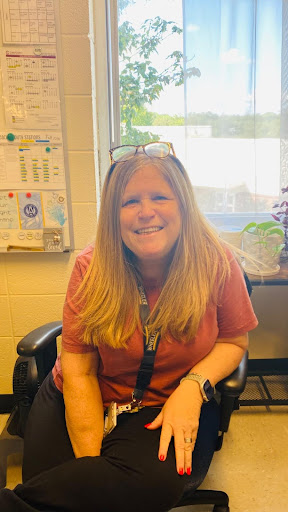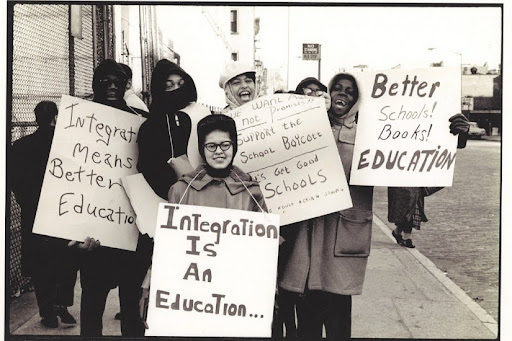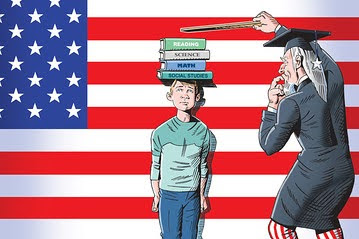The fight for school reforms has been ongoing since the 1830s. While the objects of the reforms have changed over the years, in the 1950s, the people of America fought for the right to be treated equally in schools. After the 1954 rulings, the focus on school reforms switched to children with disabilities and education quality and safety. (Letsgolearn.com) Even today, the question remains: How do we change the school system?
The word “reform” means “to put or change into an improved form or condition,” (Merriam-webster.com).
When asked what students and teachers think when they hear “school reforms,” they also had various answers. Machaila Williams (12) thinks about “renovation because of the word reform it makes me think of rebuilding the school.” She feels that the biggest problem in this school is “unfair teachers.” Machaila suggests a fairer grading system and highlights that students should not get a failing grade in a class if they are trying hard.
Kaden Rogers (11) comments, “The first thing I think of when I hear school reforms is the changing of state funding to support public institutions to provide more support to private institutions through voucher programs which take away programs from public schools, and I think of this as it has been a recent legislative push across the country from conservative voices.” He says his most significant problem with the school system is the need for more funding: “It [lack of funding] makes schools a more miserable place for students to learn, restricts their access to learning and extracurricular materials, and much more.” He continues to say that “If I could change one thing about the current school system, it would be the current history/Social Studies curriculum for students. The current curriculum does more to obscure and whitewash the past than educate our future about it. It leaves them woefully unknowledgeable about what is occurring in our society and how it got to be the way it is.”

Mrs. Rogers, a business and technology teacher, thinks that “pushing kids into high school that aren’t ready academically” is the most significant problem. She continues to comment, “If we’re supposed to be pushing them into life outside of this, whether that’s workforce or college if we have students that didn’t pass eighth grade, then they shouldn’t be past eighth grade.” The word “reform” makes her think “that things need to change, certain policies.” There is no one big solution that could change the school system because there is no one big problem that defines the school system. Solutions must be suggested for all of them for actual change to happen.
Mrs. Rogers also indicates a problem with students’ academic success by offering that if teachers make students want to be in class, they will continue to participate and succeed in that class.
Gun violence has become a massive problem in schools since the year 1970, and yet nobody has been able to implant a working solution across America. The issue concerning gun violence is arguably a political one, but counties have been working to keep students as safe as possible in their schools.

On the topic of gun violence, Kaden feels that “On the local level, it is hard to reduce gun violence in schools without creating elaborate security solutions, which may still be ineffective. The best strategy for solving the issue is by the passing of laws that restrict and create limits on the ability of people to own firearms on both the national and state level.”
An anonymous interview says they’re “not sure there’s more that the schools themselves could do. Somebody needs to find and make this political because I think this is a political issue. They need to put restrictions on who and how people can have guns, especially people under the age of 21.”
Machaila Williams feels that there needs to be better control over who enters the school during the day. She says that “there are school places that anyone can come and just freely pretend to be a student.”
Another anonymous source says they do not feel like there is anything extra the school system
can do to protect students. They think that the best thing to do is “continue to research even the smallest social media post every post is worth checking into.”
The school system we are currently in is too complex to change simply because it’s familiar. People do not like to change what they’re used to because adjusting is uncomfortable. It is tough to see the changes being made, but the most obvious one is student accountability. Change to such an old system takes time to implement, but it is possible with much patience and protest.





